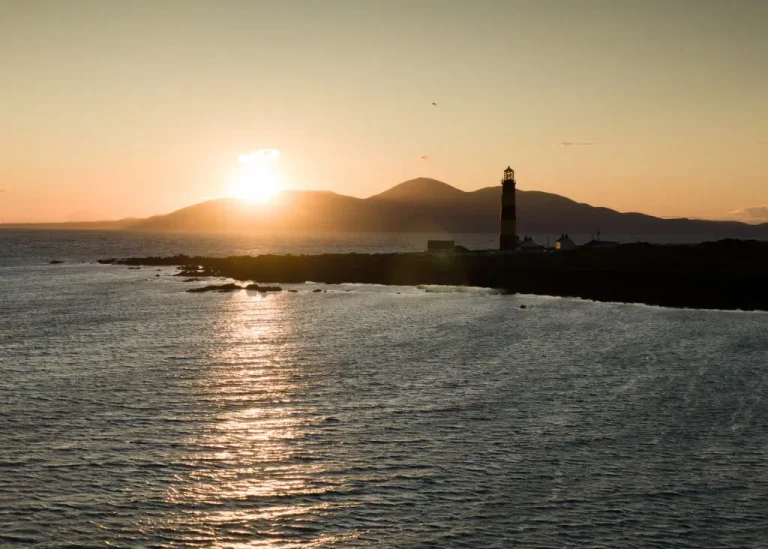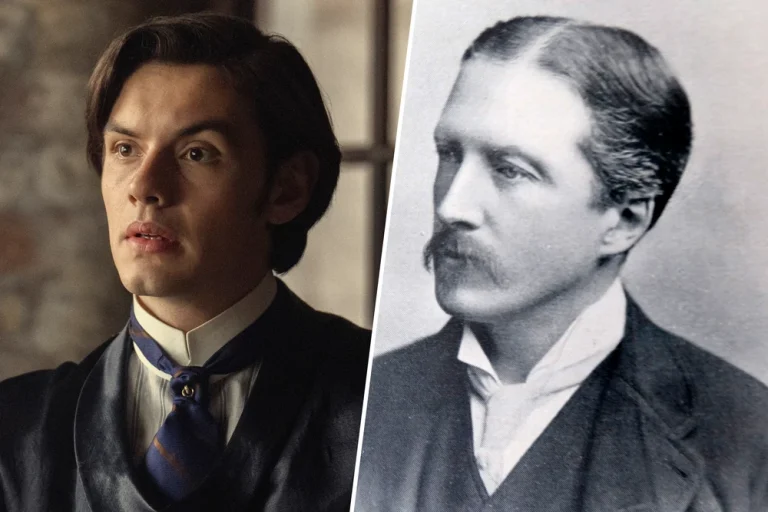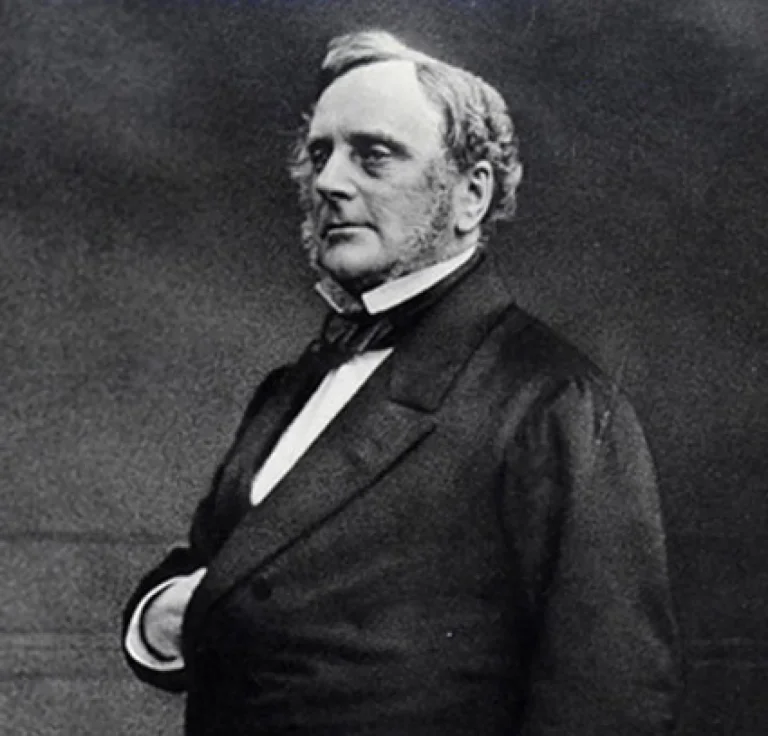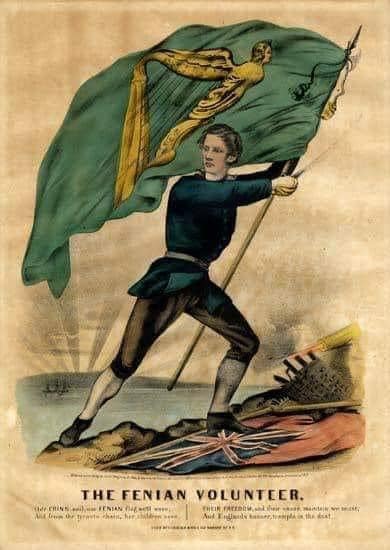

James Joyce, one of the most celebrated authors in literary history, holds a revered place in Irish culture and global modernist literature. Known for groundbreaking works like Ulysses and A Portrait of the Artist as a Young Man, Joyce’s influence on literature is unparalleled. In Dublin, his legacy is immortalized through the James Joyce statue, a landmark that honors his profound connection to the city.
This blog delves into the story behind the James Joyce statue, explores why his legacy is celebrated worldwide, and answers the key questions about his life, death, and enduring influence.
Where Is the James Joyce Statue?
The James Joyce statue is located in Dublin, on North Earl Street, close to O’Connell Street. This bronze sculpture, created by artist Marjorie Fitzgibbon, depicts Joyce in a contemplative pose, dressed in his characteristic suit, hat, and cane. The statue, unveiled in 1990, stands as a fitting tribute to the writer, whose works are deeply intertwined with Dublin’s streets, people, and spirit.
The statue has become a must-visit landmark for literary enthusiasts and tourists alike. It serves as a gateway to exploring Joyce’s Dublin, where the streets, shops, and landmarks featured in his novels come to life. From Ulysses’ vivid descriptions of the city to Dubliners’ intricate portrayals of everyday life, Joyce’s writing continues to make Dublin a living, breathing character.
Why Is There a Statue of James Joyce in Trieste?
The James Joyce statue in Trieste, Italy, honors the author’s deep connection to the city where he spent over a decade of his life. Trieste, a vibrant port city, became Joyce’s home during some of his most productive years as a writer. It was here that he began writing Ulysses and completed Dubliners, among other works.
The statue in Trieste stands on the Ponte Rosso bridge, symbolizing Joyce’s place in the city’s literary and cultural history. His time in Trieste not only influenced his work but also deepened his understanding of language and culture, as he taught English and interacted with a cosmopolitan community.
The statue serves as a bridge between Joyce’s Irish heritage and his international outlook, reflecting his identity as a global literary figure.
Why Is James Joyce Buried in Switzerland?
James Joyce is buried in Zurich, Switzerland, at Fluntern Cemetery, alongside his wife Nora Barnacle and son Giorgio. The decision to bury him in Zurich was largely practical—Joyce spent the last years of his life there after fleeing Paris during World War II.
Despite efforts by his wife and admirers to have his remains repatriated to Ireland, this never came to pass. Political tensions between Joyce’s family and the Irish government, along with Joyce’s own complex relationship with his homeland, left him in his adopted resting place.
His grave has become a site of pilgrimage for fans and scholars who wish to honor his life and contributions to literature. Zurich, much like Trieste, played a significant role in shaping Joyce’s later years and creative output.
What Is the Famous Statue in Dublin?
Among Dublin’s many iconic statues, the James Joyce statue on North Earl Street stands out as a tribute to Ireland’s literary genius. However, Dublin is also home to other celebrated sculptures that honor its cultural heritage, such as the Molly Malone statue on Grafton Street, which pays homage to the city’s storied past and its most famous ballad.
The Phil Lynott statue near Grafton Street celebrates the legendary Thin Lizzy frontman, while the Oscar Wilde statue in Merrion Square commemorates another of Dublin’s literary icons. Together, these statues form a cultural trail that highlights Dublin’s rich history of music, literature, and art.
For more on Dublin’s statues and their stories, explore:
- The Molly Malone Statue: Dublin’s Icon of Song, Story, and Tradition
- Phil Lynott Statue: A Rock Legend Immortalized in Dublin
- Oscar Wilde House: A Journey Into the Life of Dublin’s Literary Genius
Why Was James Joyce Not Buried in Ireland?
James Joyce’s burial outside Ireland reflects his complex and often fraught relationship with his homeland. Despite his profound love for Dublin, evident in his works, Joyce often felt alienated by the conservative politics and cultural restrictions of early 20th-century Ireland.
After his death in 1941, Nora Barnacle, his wife, expressed a desire to bring his remains back to Ireland. However, the Irish government, particularly Éamon de Valera’s administration, showed little interest in repatriating Joyce, citing his strained relationship with the state and his decision to live abroad for much of his life.
This decision remains a point of contention among Joyce scholars and admirers, as his works have since become a cornerstone of Irish literature. Dublin has since embraced him as one of its greatest cultural figures, ensuring his legacy is celebrated through statues, festivals, and landmarks.
James Joyce’s Legacy in Dublin and Beyond
James Joyce’s influence on modernist literature cannot be overstated. His innovative narrative techniques, exploration of human consciousness, and deep engagement with Dublin’s essence transformed the literary landscape. The James Joyce statue in Dublin stands as a reminder of his enduring connection to the city and its people.
Joyce’s works continue to inspire readers, writers, and academics worldwide. Each June 16th, Bloomsday is celebrated in Dublin and beyond, with fans retracing Leopold Bloom’s steps through the city, dressed in Edwardian attire and reading passages from Ulysses. The statue becomes a focal point for these celebrations, anchoring Joyce’s legacy in the city he immortalized.
Explore Ireland’s Cultural Icons
James Joyce is one of many figures who have shaped Ireland’s cultural identity. To learn more about the legends, landmarks, and stories that define the Emerald Isle, check out these articles:
- James Joyce: The Literary Genius Who Redefined Modernism
- Phil Lynott Statue: A Rock Legend Immortalized in Dublin
- Oscar Wilde House: A Journey Into the Life of Dublin’s Literary Genius
- The Molly Malone Statue: Dublin’s Icon of Song, Story, and Tradition
- How Ireland’s Greatest Warrior Can Be Traced to a Small Village in Co. Louth
- Secrets to Carlingford, County Louth
- How the Knights Templar Ruled Co. Louth
Conclusion: A Legacy Cast in Bronze
The James Joyce statue in Dublin is more than just a monument—it’s a celebration of one of the most influential writers in literary history. It anchors his legacy in the city that inspired his greatest works, serving as a gathering point for admirers from all over the world. Whether visiting Dublin or exploring his life in Trieste and Zurich, Joyce’s story continues to inspire.
In the end, the statue reflects Joyce’s own words: “Think you’re escaping and run into yourself. Longest way round is the shortest way home.” For Joyce, Dublin was always home, and his statue ensures that he will forever remain part of its story.



